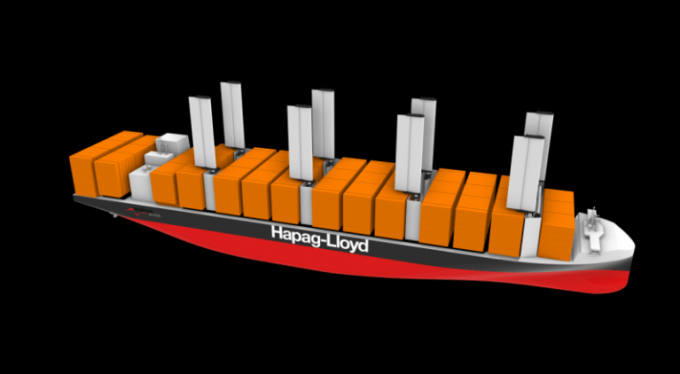Real test of Gemini hub and spoke model yet to come, says Maersk
Early signs may be positive for the Gemini Cooperation’s “hub and spoke” model, but head ...

Sails have been retrofitted to bulk carriers and tankers, and with the arrival of a new wind-powered containership concept from Hapag-Lloyd, The Loadstar finally has an opportunity to discuss wind-assisted ship propulsion (WASP).
I heard there are new shipping companies using ’tall ships’?
There are indeed. Sailcargo is one of them; it has one three-masted schooner, Vega, and another, Ceiba, is currently under construction. When it is finished, it will have a capacity of 250 tonnes of breakbulk, the equivalent of nine teu.
Hammering clippers ...
Asia-USEC shippers to lose 42% capacity in a surge of blanked sailings
USTR fees will lead to 'complete destabilisation' of container shipping alliances
New USTR port fees threaten shipping and global supply chains, says Cosco
Outlook for container shipping 'more uncertain now than at the onset of Covid'
Transpac container service closures mount
DHL Express suspends non-de minimis B2C parcels to US consumers
Zim ordered to pay Samsung $3.7m for 'wrongful' D&D charges
Uncertainty over US tariffs sparks interest in bonded warehouses for imports

Comment on this article